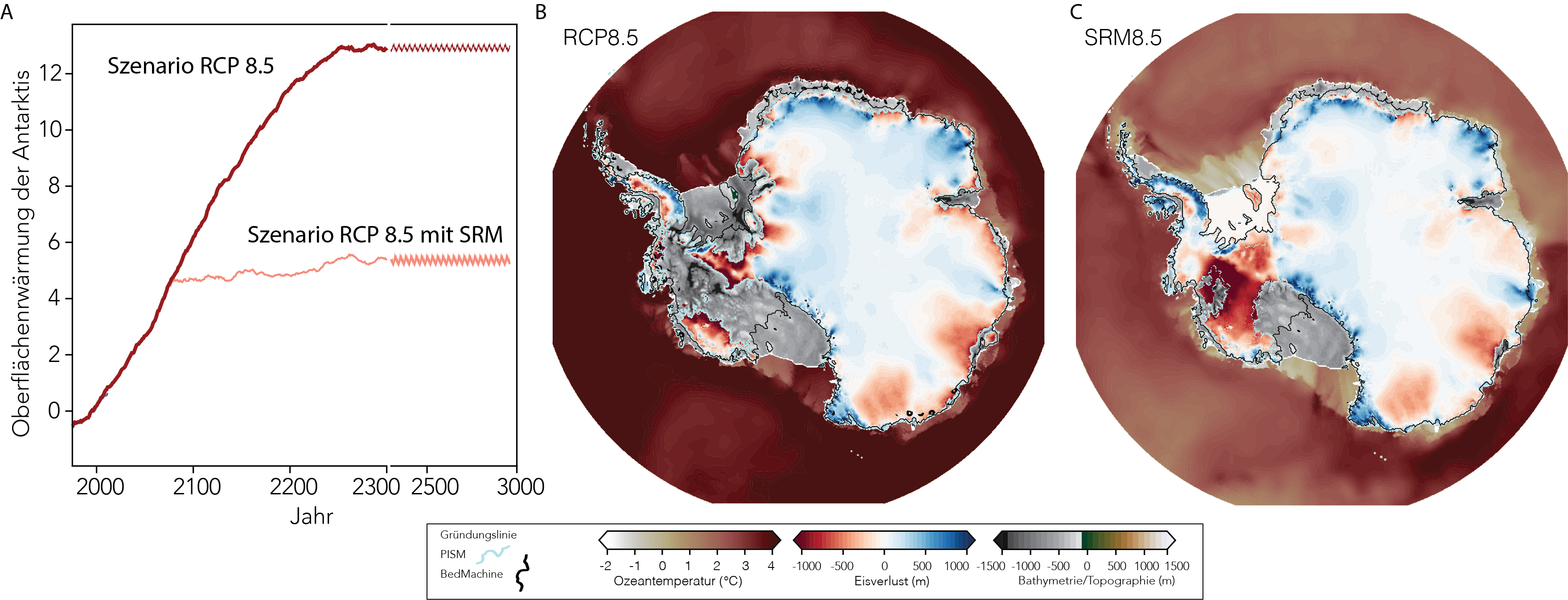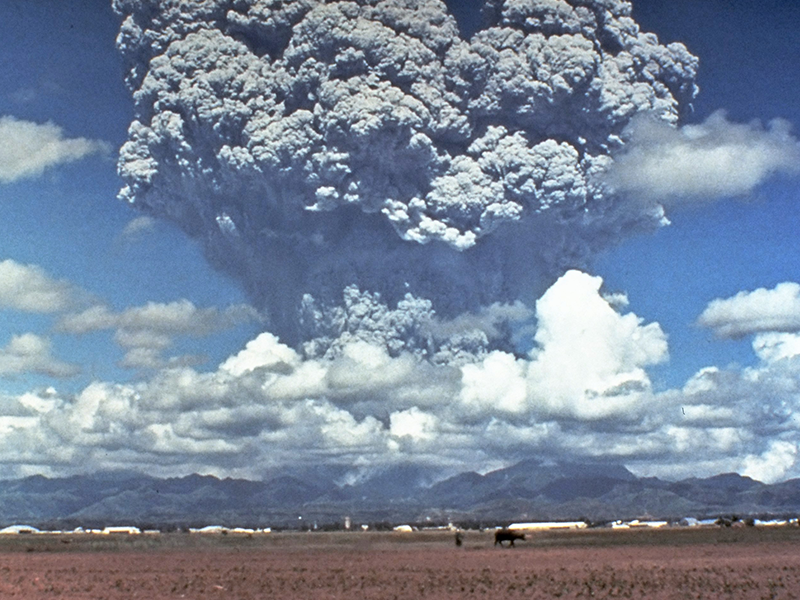Climate science
Artificial dimming of the sun has limited effect
Geoengineering could not entirely prevent the collapse of the West Antarctic Ice Sheet – an important climate tipping point. This is the conclusion of a study by the University of Bern.

The study examines the possible development of the ice sheet under different future greenhouse gas scenarios and comes to differentiated results: If emissions continue unabated and the dimming the sun – referred to as Solar Radiation Management (SRM) – occurs in the middle of this century, the collapse of the West Antarctic Ice Sheet could be delayed somewhat, but not prevented. In a medium emissions scenario, SRM deployed by mid-century could prove to be an "effective tool" to slow or even prevent ice sheet collapse.

Two to three century volcanoes – per year
But how should one imagine a dimming of the sun in practical terms? According to Sutter, an entire fleet of aircraft would have to release millions of tons of sulfur dioxide aerosols – suspended particles in a gas – into the stratosphere – every year. That is equivalent to two to three times the amount released during the 1991 eruption of the Pinatubo volcano – the second-largest volcanic eruption of the 20th century, which caused the average global temperature to drop by about 0.5 degrees Celsius for about a year.

Despite the potential benefits, Thomas Stocker, professor of climate and environmental physics at the University of Bern and co-author of the study, concludes: "Geoengineering would be another global experiment and a potentially dangerous human intervention in the climate system, which should be prevented at all costs according to Article 2 of the UN Framework Convention on Climate Change."